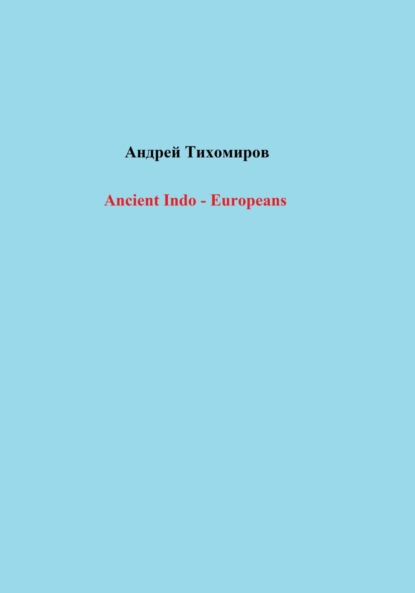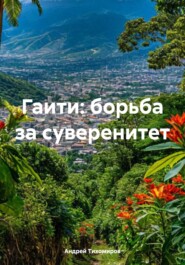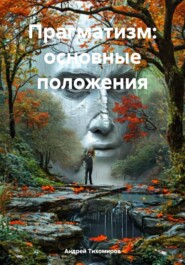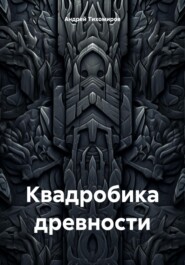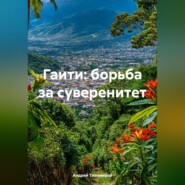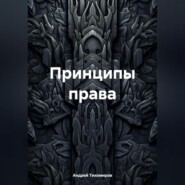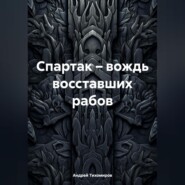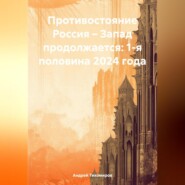По всем вопросам обращайтесь на: info@litportal.ru
(©) 2003-2024.
✖
Ancient Indo – Europeans
Настройки чтения
Размер шрифта
Высота строк
Поля
Андрей Тихомиров
The Indo-European community was finally formed in the Southern Urals, this is the so-called "country of cities", numbering 29 ancient settlement cities.
Андрей Тихомиров
Ancient Indo – Europeans
Modern archaeological research proves that the homeland of the Indo-Europeans is the region of the Southern Urals, where they formed as a single language group.
Communities are created, first on the basis of a common origin – clans, and as marketable products increase, a large family community is formed, consisting of a phratry, that is, several clans. Then the neighboring community in the form of a tribe, the next step is the union of tribes, leading, in turn, to the formation of a people, and then a state. But for any community, a community of interests is also necessary, in this case, the protection of metallurgists and their products. This is how the settlements of ancient metallurgists arose, and in particular, the Arkaim culture of the Southern Urals. Similar settlements were found in Europe, in Germany near Dresden and Leipzig, as well as in Austria and Slovakia, up to 7 thousand years old. After the end of the natural resources, the settlements were “closed”, the ditches were filled up, the remains of the dwellings were burned.
The country of cities is the conventional name for the territory in the Southern Urals, within which ancient cities and fortified settlements of the Sintasht culture of the Middle Bronze Age (about 2000 BC), one culture, were found.
Settlements were discovered in the 70s – 80s. XX century. One of the first archaeological complexes found was an ancient settlement on the Sintashta River (a tributary of the Tobol), thanks to which the settlement itself received the name of the South Ural River. Soon after the discovery of other cities, archaeologists began to use the term "Sintashta culture". This "country" is located on the territory of the Chelyabinsk region, the Orenburg region, Bashkortostan and northern Kazakhstan. Cities are located on an area with a diameter of 350 km.
All settlements are united by a similar type of structure, organization of urban infrastructure, building materials, time of existence. And also the same topographical logic. The settlements are clearly visible on aerial photographs. The skeletons of cities after 4000 years clearly appear against the backdrop of the natural landscape, plowed fields. There comes an awareness of the skill of the engineers who designed and created such city-systems. The cities themselves were most suitable for life. Firstly, they provided protection from external enemies, and secondly, premises were made in the cities for the life and work of artisans, saddlers, potters, and metallurgists. Inside the cities there is a storm sewer that brings water out of the settlement. Burial grounds were organized near the cities, pens for animals were built. All fortified settlements were made in three different forms: round (8-9 pieces); oval (about 5); rectangular (about 11). The term "country" appropriately characterizes this location of cities. In addition to the fact that all the fortified settlements were built on a compact area at the same time, in the same style and using the same engineering solutions, similar materials, there are other unifying properties.
In the vast territory of the steppes in the most ancient era, west of the Urals, tribes of the so-called Srubnaya culture lived, and to the east, the Andronovo culture, the latter covering the region from the Urals to Altai and the Yenisei. The Andronovites, who spoke one of the dialects of the ancient Iranian language (Indo-European group), bred large and small cattle, horses, and were engaged in fishing. Traces of floodplain agriculture have also been found in the Southern Urals. Andronovo society was considered rather backward and archaic, as evidenced, in particular, by the poverty of their burials. In the grave, along with the deceased, earthenware, bronze ornaments, and less often tools and weapons were usually placed.





